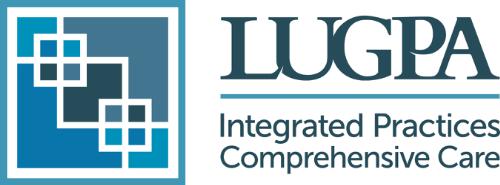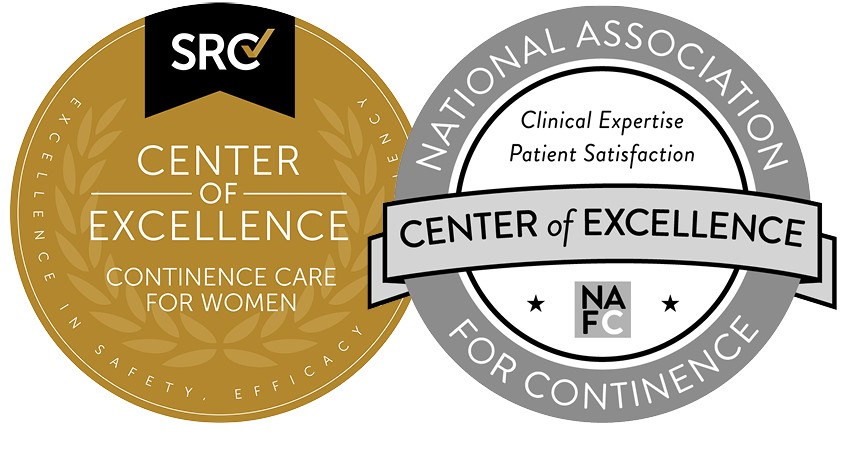|
Metrics to Measure and Monitor: Feb. 2021 Over the next three months we will cover three important criteria you should monitor that can make your practice stronger financially. They are: - Fee schedule or charge master
Fee Schedule or Charge Master The practice fee schedule indicates the value you place on the services your practice offers and impacts your receivable management reports. It also can be used as a tool for negotiating rates with various contracted payers and is the basis of several important benchmarks practices can use to evaluate their performance, such as collection percentages and charges per encounter. Below are a few suggestions to consider as you analyze your fee schedule: 1) Due to changes in the Medicare Payment Fee Schedule, it is important to review your chargemaster. Below are two charts that show the national average Medicare fee by year for office-based E & M code 99213 (established patient) and office-based code 52000 (endoscopy-cystoscopy, urethroscopy, cystourethroscopy procedures on the bladder). As noted, the national average Medicare rate has increased from year to year. Some practices use the Medicare Physician Fee Schedule as a starting point for their own charges. For instance, you might charge a multiple of Medicare’s allowed amount and adjust it from year to year.
2) Monitor explanation of benefits (EOBs) so you can quickly identify payers who reimburse at 100% of your medical practice’s charge. 3) Create and maintain one fee schedule, do not keep multiple fee schedules (for example one for Medicare, one for Blue Cross/Blue Shield) 4) Do not “net the charge” – staff should not enter the gross charge and immediately take the contractual adjustment leaving the payer’s expected reimbursement rate remaining. 5) The amount you charge for a service should cover (and hopefully exceed) the cost of providing the service. The American Medical Association recommends establishing and reviewing your fee schedule by comparing the relative value units, or RVUs, of the services you perform to the actual cost of maintaining your practice. 6) You can use the InfoDive® Benchmark of Cost per RVU or do the calculation following the steps below:
7) Develop and maintain a written policy that indicates when you will review your fee schedule (for example annually in November) and include how changes will be communicated to the physicians and staff. 8) Keeping your practice fee schedule up to date can help with payer negotiations and affect your self-pay, uninsured population. Do not keep a self-pay patient fee schedule, consider maintaining competitive fees but establishing a policy and procedure regarding discounting for financial hardship or time of service payment discounts. Next month we will discuss average days in accounts receivable. If you are not currently taking advantage of LUGPA’s Benchmarking program you can read more here or contact Katherine Stack at [email protected] or (312) 794-7784. If your practice needs further assistance with performance improvement, please see how LUGPAOnsite can help you.
|




